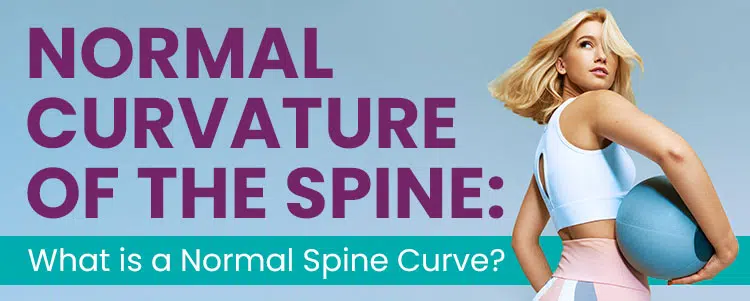

Normal Curvature of the Spine: What is a Normal Spine Curve?
The spine is naturally curved to help the body manage stress and gravity over time.
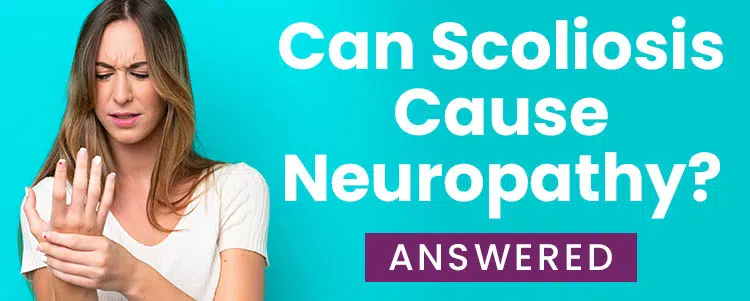

Can Scoliosis Cause Neuropathy? [ANSWERED]
The connection between scoliosis and the nerves of the spine is a close one. As patients develop their scoliosis, it can impact surrounding nerves and end up hurting the spine.
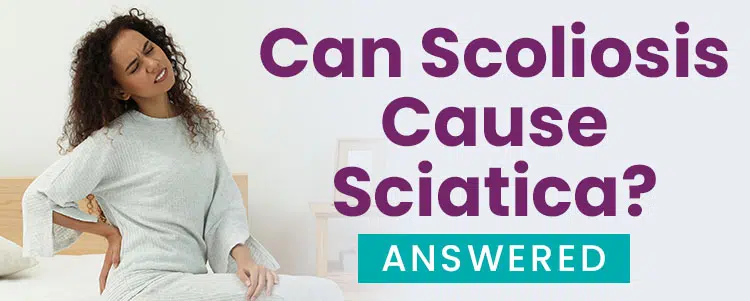

Can Scoliosis Cause Sciatica? [ANSWERED]
Sciatica is not always accompanied by scoliosis, but it can be when a patient’s scoliosis is located in the lumbar spine as a result of the sciatic nerve being impinged.
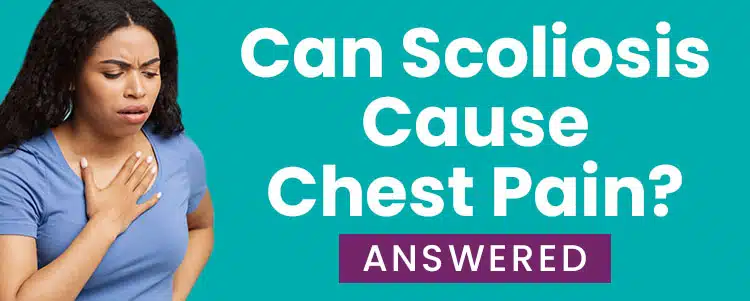

Can Scoliosis Cause Chest Pain? [ANSWERED]
Scoliosis can happen anywhere in the spine. Depending on the curvature size, it can cause chest pain and even impact breathing quality if located in the thoracic area.
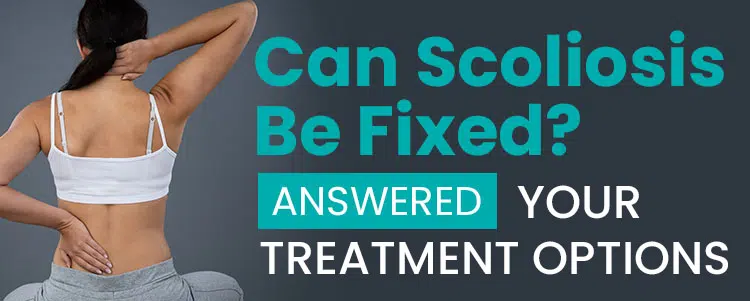

Can Scoliosis Be Fixed? [ANSWERED] Your Treatment Options
Scoliosis patients often wonder if their scoliosis can be fully cured, and scoliosis, though highly manageable as a condition, doesn’t have a definitive cure.
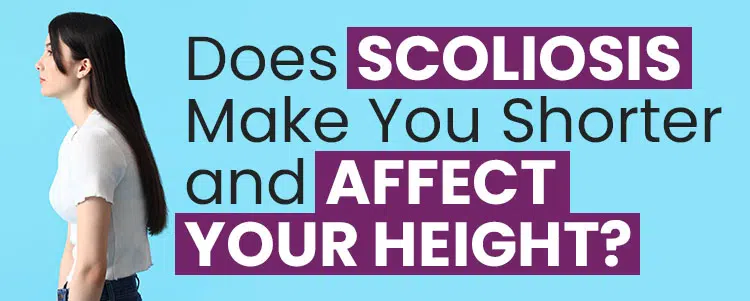

Does Scoliosis Make You Shorter and Affect Your Height?
Scoliosis impacts the body’s overall symmetry and as a result, it can impact height as the spine loses its healthy curves and patients are unable to extend their spine fully.
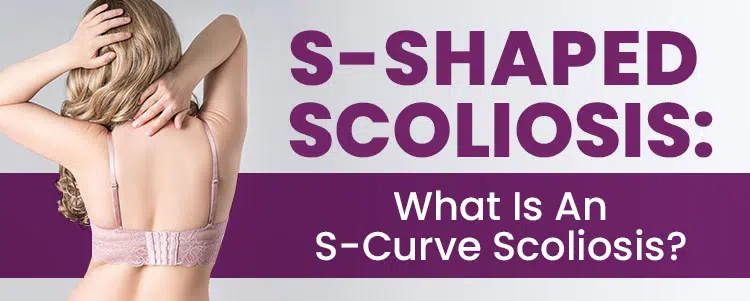

S-Shaped Scoliosis: What Is An S-Curve Scoliosis?
There are different types of scoliosis. Depending on the type of curve, scoliosis can be more complex to treat, which is the case with an S-Shaped scoliotic curve.
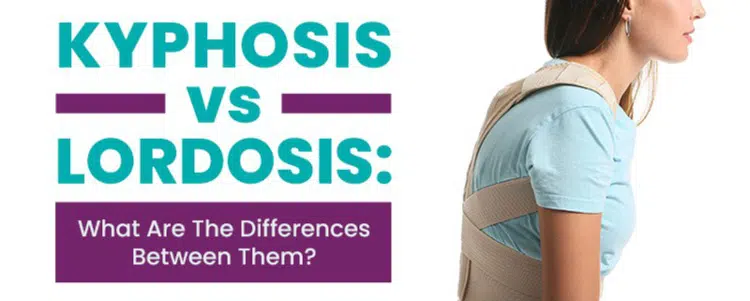

Kyphosis vs Lordosis: What Are The Differences Between Them?
Multiple conditions impact the spine and its correct posture. Kyphosis and lordosis are two commonly known conditions that affect the healthy curves of the spine.
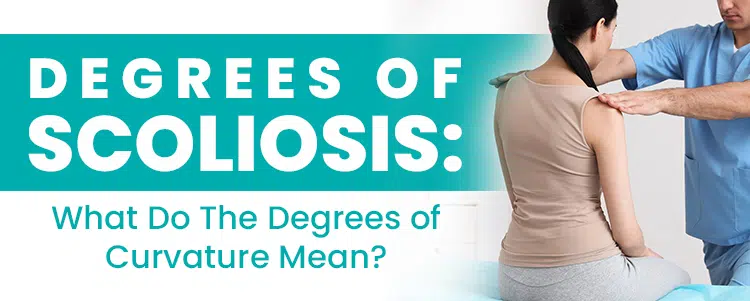

Degrees of Scoliosis: What Do The Degrees of Curvature Mean?
Each scoliosis is unique, and so is each patient’s case. Beyond this, however, the degrees of curvature play a big role in how different each scoliosis is.
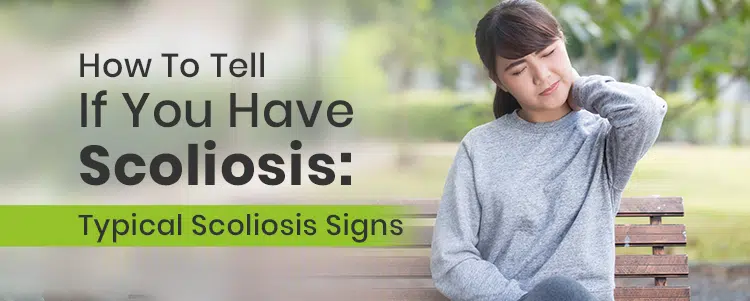

How To Tell If You Have Scoliosis: Typical Scoliosis Signs
Scoliosis can be subtle in its initial stages, making it hard to distinguish. But looking closely, changes to body symmetry is one of scoliosis's biggest telltales.
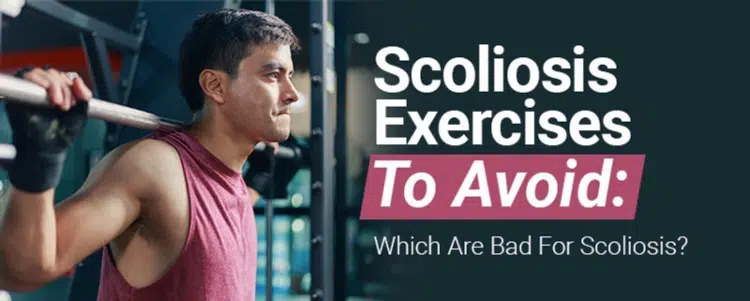

Scoliosis Exercises To Avoid: Which Are Bad For Scoliosis?
Exercising with scoliosis is tricky, some exercises might be good for the spine while others might not.
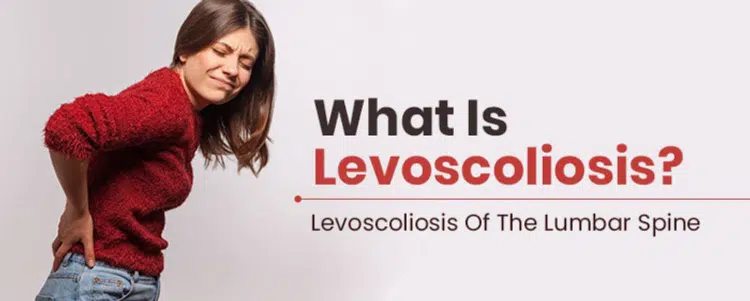

What Is Levoscoliosis? Levoscoliosis Of The Lumbar Spine
The majority of scoliosis cases are idiopathic because the cause is not specific.
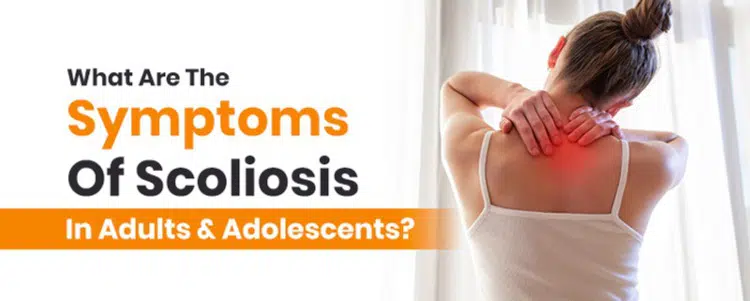

What Are The Symptoms Of Scoliosis In Adults & Adolescents?
Scoliosis symptoms are as highly variable as the condition itself. The severity of the curve and location of the scoliosis will determine the type of symptoms.
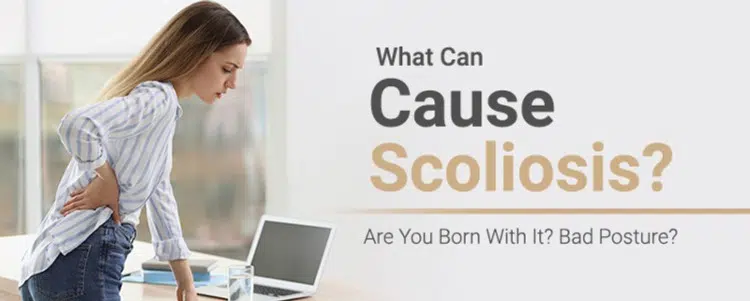

What Can Cause Scoliosis? Are You Born With It? Bad Posture?
The majority of scoliosis cases are not associated with a single cause. When the cause is known it can be neuromuscular, congenital, degenerative, or traumatic.
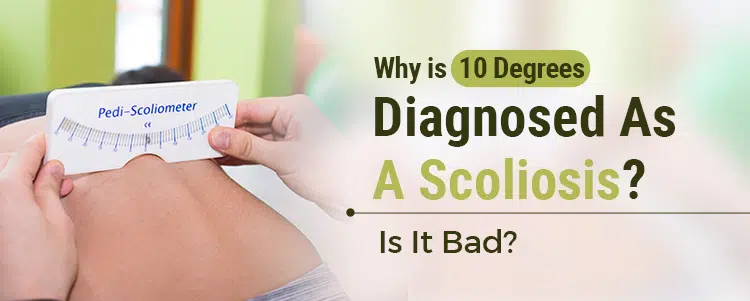

Why Is 10 Degrees Diagnosed As A Scoliosis? Is It Bad?
The severity of a patient's scoliosis will be determined by the Cobb Angle measurement.
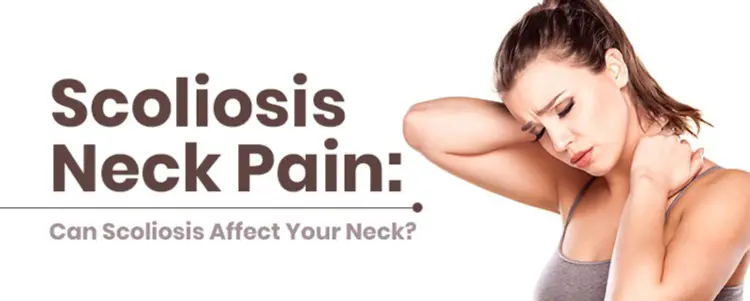

Scoliosis Neck Pain: Can Scoliosis Affect Your Neck?
A lot of times, scoliosis neck pain is associated with a loss of motion in the area.
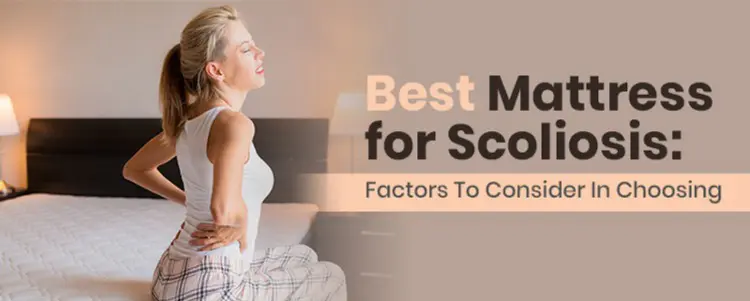

Best Mattress for Scoliosis: Factors To Consider In Choosing
Knowing the best mattress for scoliosis is important for those living with the condition; a well-rested body and mind is likely to respond better to treatment.
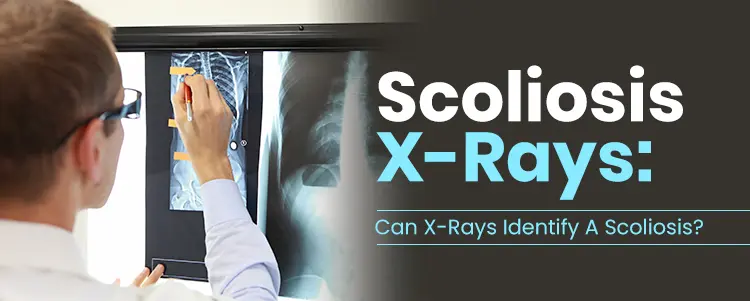

Scoliosis X-Rays: Can X-Rays Identify A Scoliosis?
A patient’s scoliosis x-ray can tell us whether or not they fulfill the parameters that have to be met to be considered a true structural scoliosis.
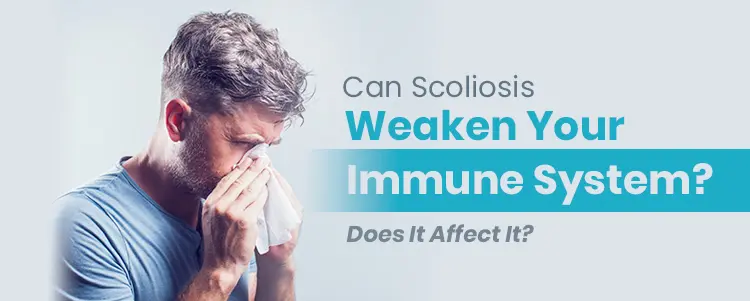

Can Scoliosis Weaken Your Immune System? Does It Affect It?
To answer the question, can scoliosis weaken your immune system, we will consider the role of immune response in the condition’s most common form.